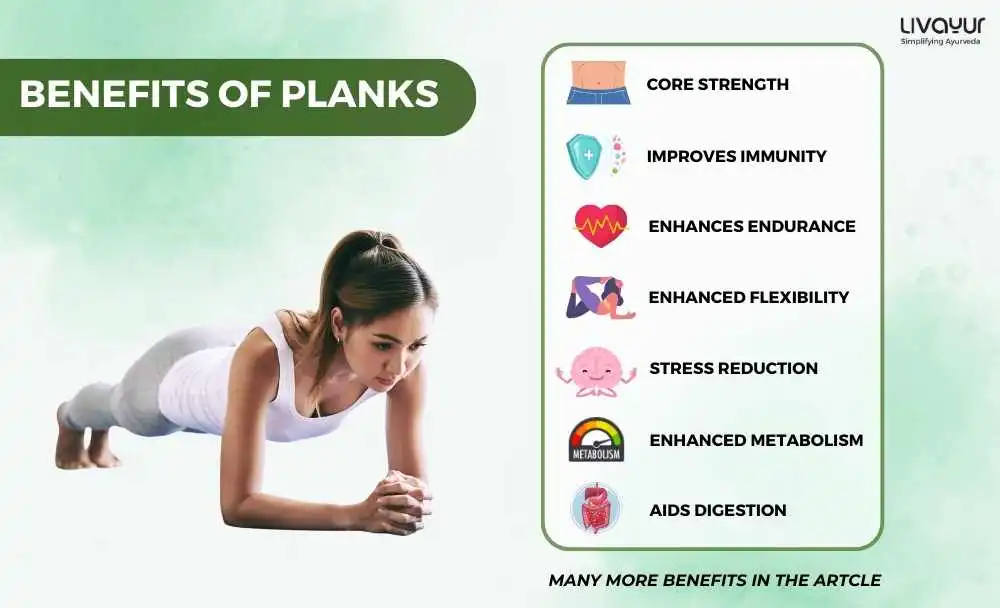
Exercise is an essential component of a healthy lifestyle, and there are countless workout routines to choose from. One exercise that has gained immense popularity in recent years is the Plank. The Plank is a simple yet highly effective core-strengthening exercise which involves maintaining a push-up-like position, with the body’s weight distributed to the forearms, elbows, and toes. It can be done virtually anywhere, and it offers a wide range of surprising benefits when incorporated into your daily routine. In this article, we’ll explore 10 surprising benefits of doing plank exercises every day.
10 Benefits of Doing Plank Exercise
1. Core Strength and Stability
The primary benefit of doing plank exercises is the improvement in core strength and stability. Planks target the deep muscles in your abdominal region, including the transverse abdominis, obliques, and rectus abdominis. Strengthening these muscles can help you maintain better posture and reduce the risk of lower back pain. [1] [2]
2. Improved Posture
Consistently doing the plank and reverse plank exercises can lead to improved posture. As your core becomes ber, you’ll find it easier to maintain a straight and upright posture throughout the day. This can alleviate stress on your spine and reduce the chances of developing a slouched posture. [3] [4]
3. Enhanced Balance
Planks require you to engage your core muscles to maintain a straight line from head to heels. This engagement of core muscles translates to better overall balance and stability. Improved balance can be particularly beneficial for athletes and older adults looking to prevent falls. [5]
4. Increased Flexibility
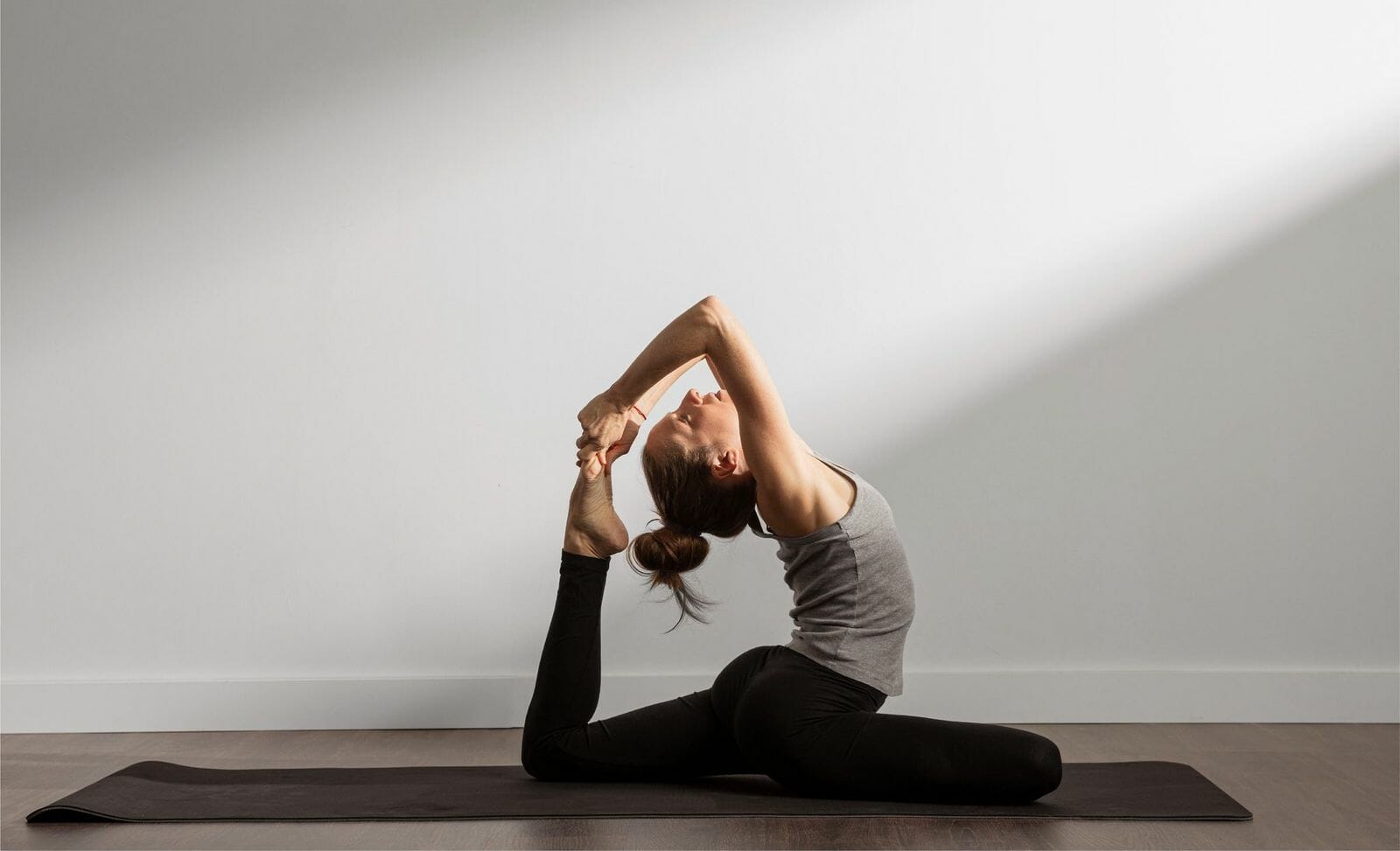
While planks are primarily known for their core-strengthening benefits, they also work on the flexibility of your posterior muscle groups, including your shoulders, collarbone area, and shoulder blades. Holding the plank position encourages these muscles to stretch and lengthen, which can contribute to improved flexibility and reduced tension in the upper body. [6]
5. Enhanced Metabolism
Plank exercises engage multiple muscle groups simultaneously, leading to an increase in overall muscle mass. This increased muscle mass can boost your metabolism, making it easier to burn calories even when you’re at rest. It’s a fantastic addition to your routine if you’re looking to shed a few extra pounds. [7]
6. Stress Reduction
Engaging in regular physical activity, including plank exercises, has been shown to reduce stress levels. When you work your muscles, your body releases endorphins, which are natural mood lifters. Incorporating planks into your daily routine can help you manage stress and promote overall mental well-being. [8]
7. Better Post-Injury Rehabilitation
For individuals recovering from certain injuries, planks can be a valuable rehabilitation exercise. They are low-impact and can help strengthen the core and surrounding muscles without putting excessive strain on injured areas. [9] [10] Always consult with a healthcare professional or physical therapist before beginning any exercise program post-injury.
8. Improved Digestion
Surprisingly, regular plank exercises can aid in digestion. By engaging your core muscles, you promote the movement of food through your digestive system, potentially reducing the occurrence of bloating and constipation. [11]
9. Increased Endurance
Planks are a fantastic full-body exercise, and as you build strength, you’ll notice an increase in overall endurance. This improved stamina can translate to better performance in various physical activities and everyday tasks. [12]
10. Improving Immunity
Recent studies have shown that performing high-intensity plank exercise regularly can improve immunocyte function and physical fitness in healthy adults. [13] [14]
FAQs
1. How is a Plank performed?
To perform a plank, place your forearms on the ground, with your elbows directly below your shoulders, and lift your body off the ground, engaging your core muscles.
2. How long should I hold a plank?
The duration of a plank hold can vary depending on your fitness level. Beginners may start with 20-30 seconds and gradually increase the time as they become more comfortable. Aim for a minute or more for optimal results, but it’s essential to maintain proper form throughout the duration.
3. Can planks help me lose weight?
Planks can indirectly contribute to weight loss by increasing muscle mass, which boosts metabolism. However, they are not a primary weight loss exercise. To lose weight effectively, combine planks with a balanced diet and cardiovascular workouts.
4. Are planks suitable for beginners?
Yes, planks can be modified for beginners. You can start with a modified plank by resting your knees on the ground instead of your toes. As you build strength and confidence, you can progress to the standard plank position.
5. Can I do planks every day?
Yes, you can do planks every day, but it’s essential to listen to your body. Overtraining can lead to muscle fatigue and injury. Start with a few days a week and gradually increase the frequency as your strength improves.
Conclusion
In conclusion, the plank exercise is a versatile and effective exercise that offers a wide array of surprising benefits beyond just core strength. By making planks a part of your daily routine, you can improve your overall physical fitness, mental well-being, and quality of life.
Disclaimer: The information provided in this article is for educational purposes only and is not a substitute for professional medical advice. Always consult a trained practitioner and a healthcare provider before making any significant changes to your lifestyle or treatment plan.
References:
- Comparison of three different surface plank exercises on core muscle activity (researchgate.net)
- The Plank – Boot Camp & Military Fitness Institute (bootcampmilitaryfitnessinstitute.com)
- Effectiveness of Plank Exercise in Low Back Pain (ijsr.net)
- Immediate Effects of the Reverse Plank Exercise on Muscle Thickness and Postural Angle in Individuals with the Forward Shoulder Posture (researchgate.net)
- The Motor Impact of the Static Balance in the Up Plank Position on Three Different Balls in Physical Activities of Physical Education Students (researchgate.net)
- The Effect of Flexibility of Bridge and Plank Exercises using Sling Suspension on an Unstable Surface on while Standing in Healthy Young Adults (researchgate.net)
- Effects of High Intensity Plank Exercise on Physical Fitness and Immunocyte Function in a Middle-Aged Man: A Case Report – PMC (nih.gov)
- Psychological Benefits of Sports and Physical Activities (researchgate.net)
- Spine Conditioning Program(aaos.org)
- Effect of progressive prone plank exercise program on diastasis of rectus abdominis muscle in postpartum women: A randomized controlled trial (researchgate.net)
- Effects of core strengthening exercise on colon transit time in young adult women – PMC (nih.gov)
- Effectiveness of Modified Plank vs Conventional Plank on Core Muscle Endurance and Stability in Recreational Athletes: A Quasi-Experimental study (researchgate.net)
- Effects of High Intensity Plank Exercise on Physical Fitness and Immunocyte Function in a Middle-Aged Man: A Case Report (researchgate.net)
- Elbow plank exercise improves immunocyte function and physical fitness in an elderly male: a case study (researchgate.net)





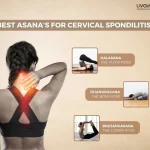
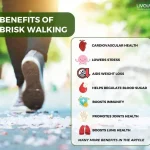

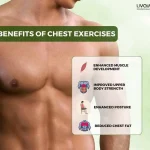
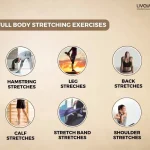




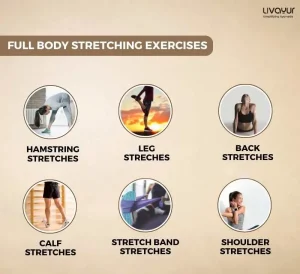

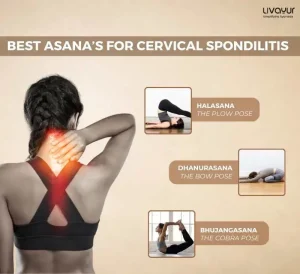
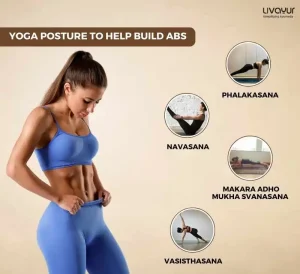
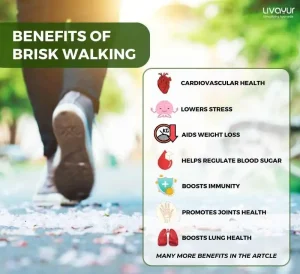




3 Comments